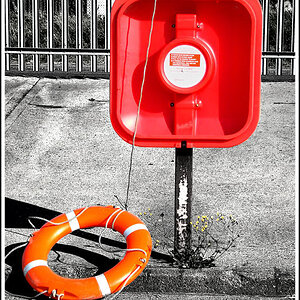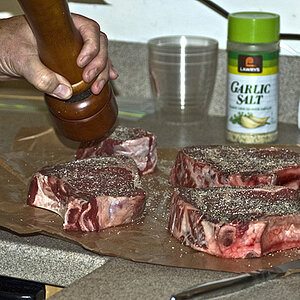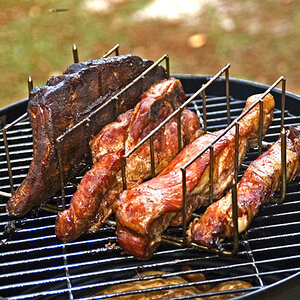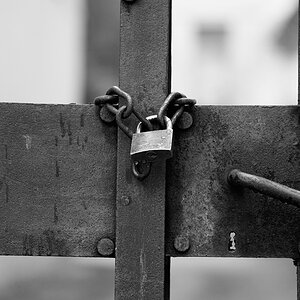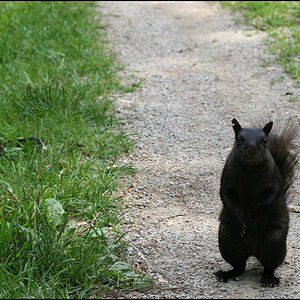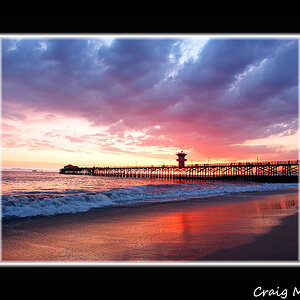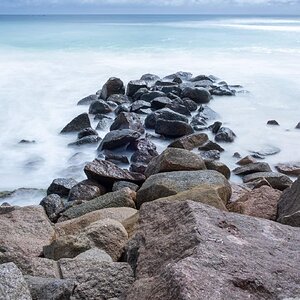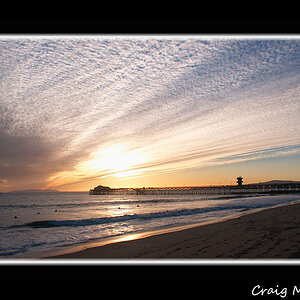Hey
I think there is another formula for this but I need to verify that it is correct
According to the article on exposure values there are two equations that can help us find the solution if used together:
One of them was stated alread :
EV = log(base2)((N^2)/t)
Now that the conditions are brightly lit then using the equation
EV(s)=EV(100)+log(base2)(S/100)
where S is the ISO value
and EV(100) is the constant 16(because of brightly lit conditions)
We should be able to calculate the EV(s) and then substitute it into the first equation and then find the 't' value which is ultimately what we need.
I would like to know from the pro photographers if this formula makes much practical sense or not. Coding this would be no big deal
Thanks
I think there is another formula for this but I need to verify that it is correct
According to the article on exposure values there are two equations that can help us find the solution if used together:
One of them was stated alread :
EV = log(base2)((N^2)/t)
Now that the conditions are brightly lit then using the equation
EV(s)=EV(100)+log(base2)(S/100)
where S is the ISO value
and EV(100) is the constant 16(because of brightly lit conditions)
We should be able to calculate the EV(s) and then substitute it into the first equation and then find the 't' value which is ultimately what we need.
I would like to know from the pro photographers if this formula makes much practical sense or not. Coding this would be no big deal
Thanks



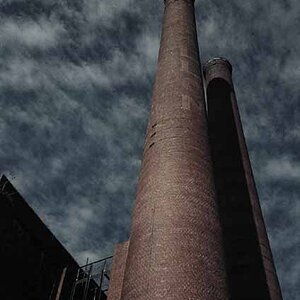
![[No title]](/data/xfmg/thumbnail/32/32805-61ca9a4fb87d37c0ef4f991ac1705e1f.jpg?1619735667)
